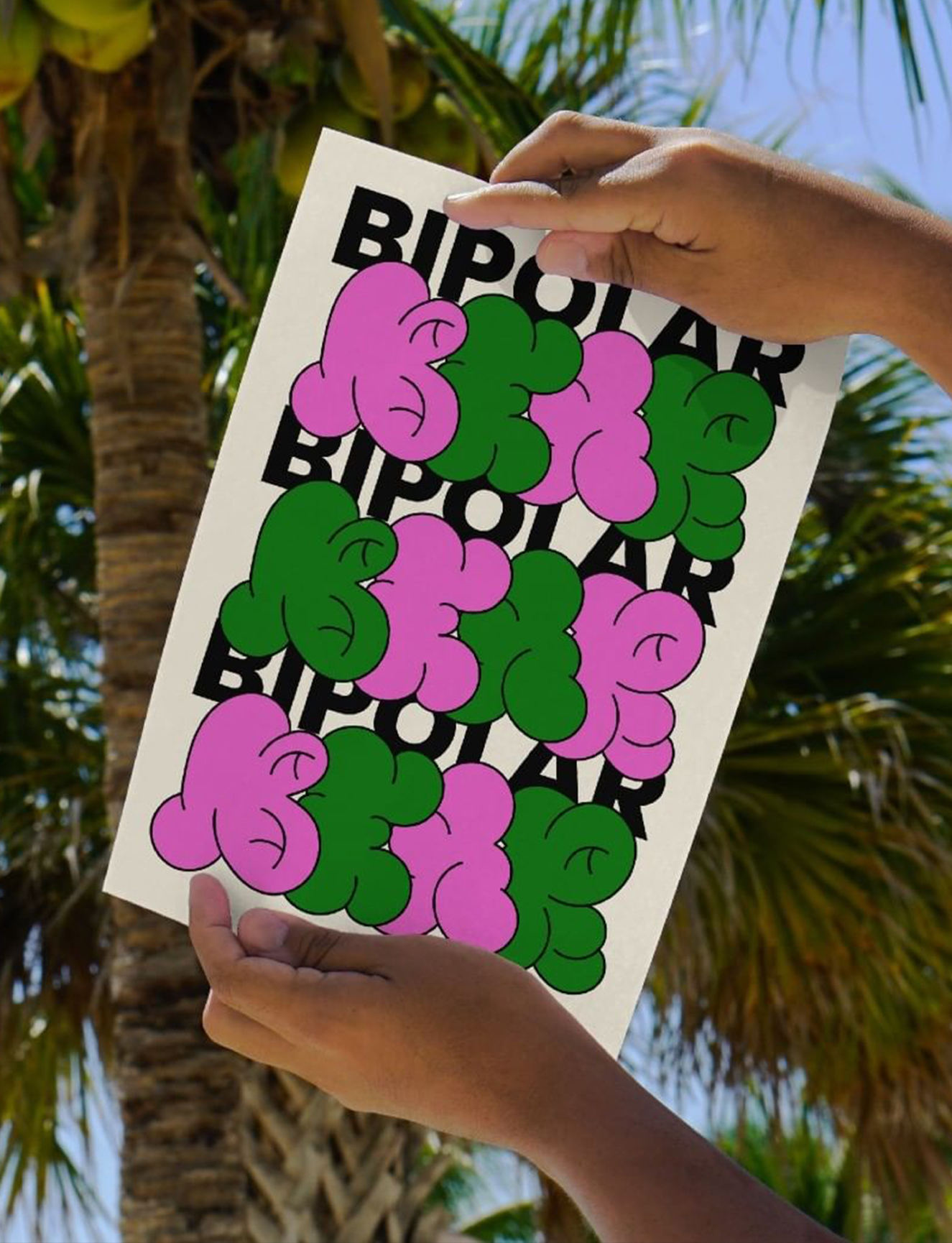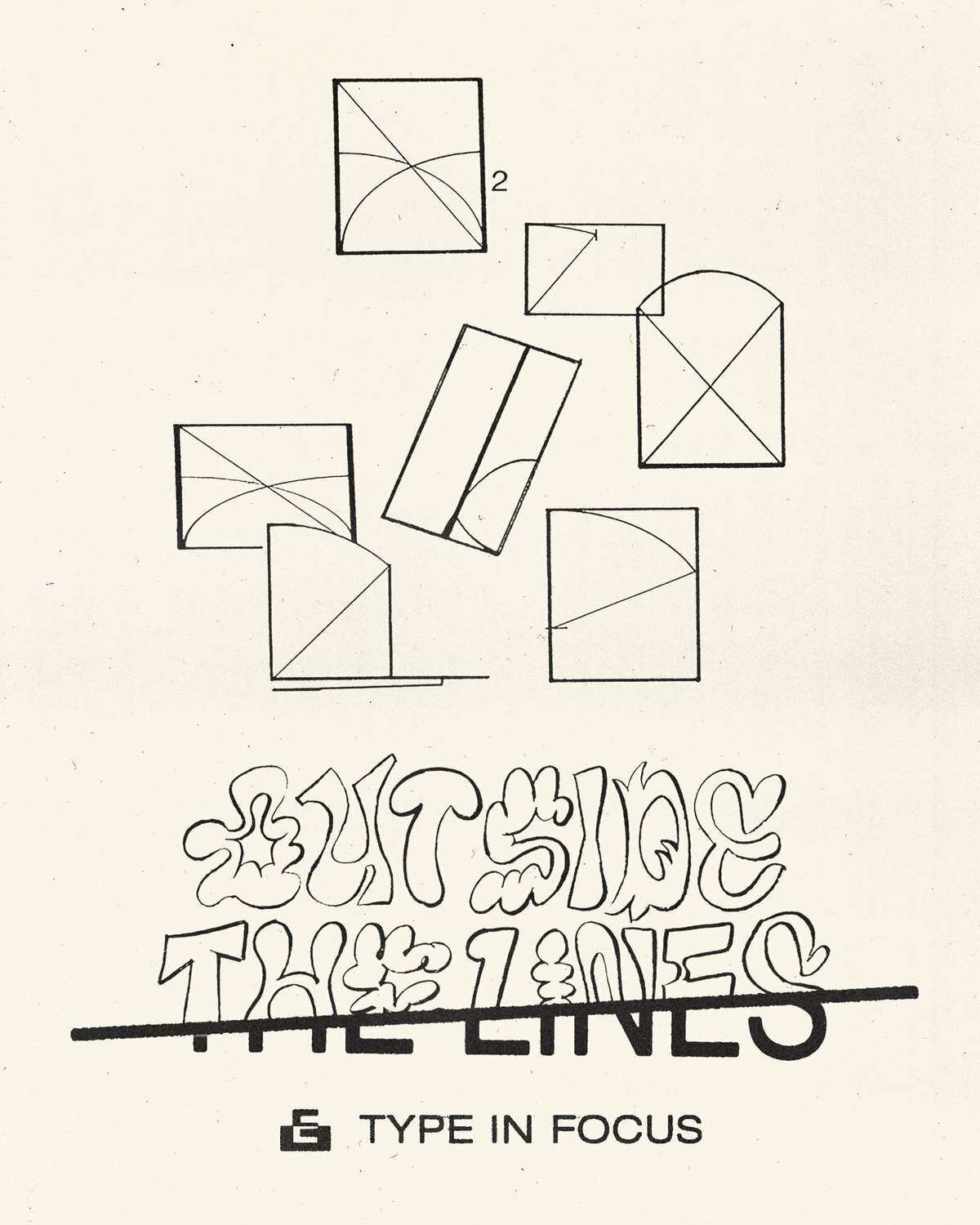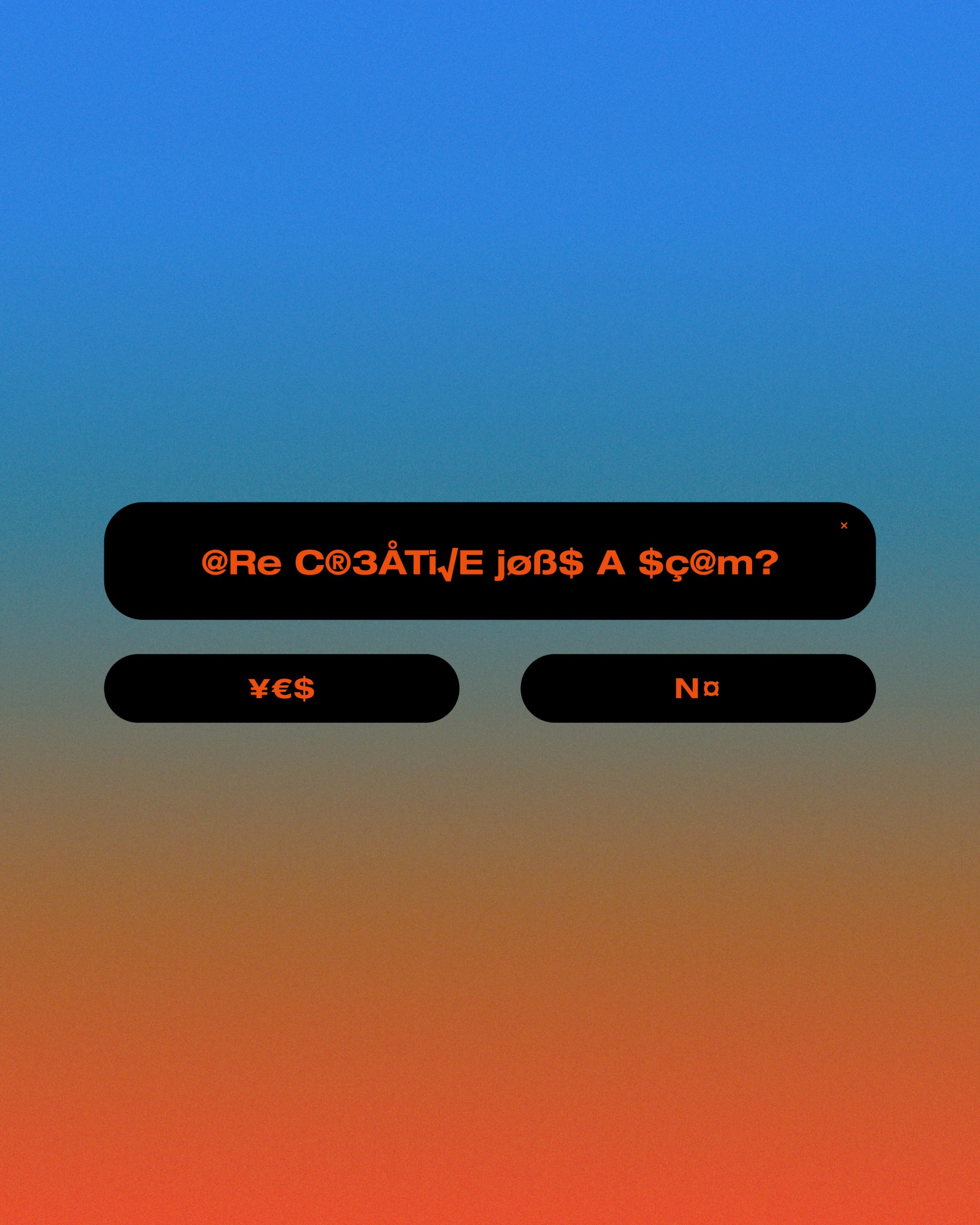Femme Type officially launched in 2019. What motivated you to start the platform in the first place? And what did you want to achieve when you started out?
At uni I’d started collecting references and resources of women who were type designers, as well as graphic designers who worked primarily with type. So I had this list, it wasn’t exactly a very big one, it was about ten people, and it was just on my desktop on my laptop. When I finished uni, I started working for People of Print, and one day I said to them, “I’d really love to create a book. I’ve got this list of references, and I’d love to create a book about women who were top designers and graphic designers.”
There weren’t references that existed
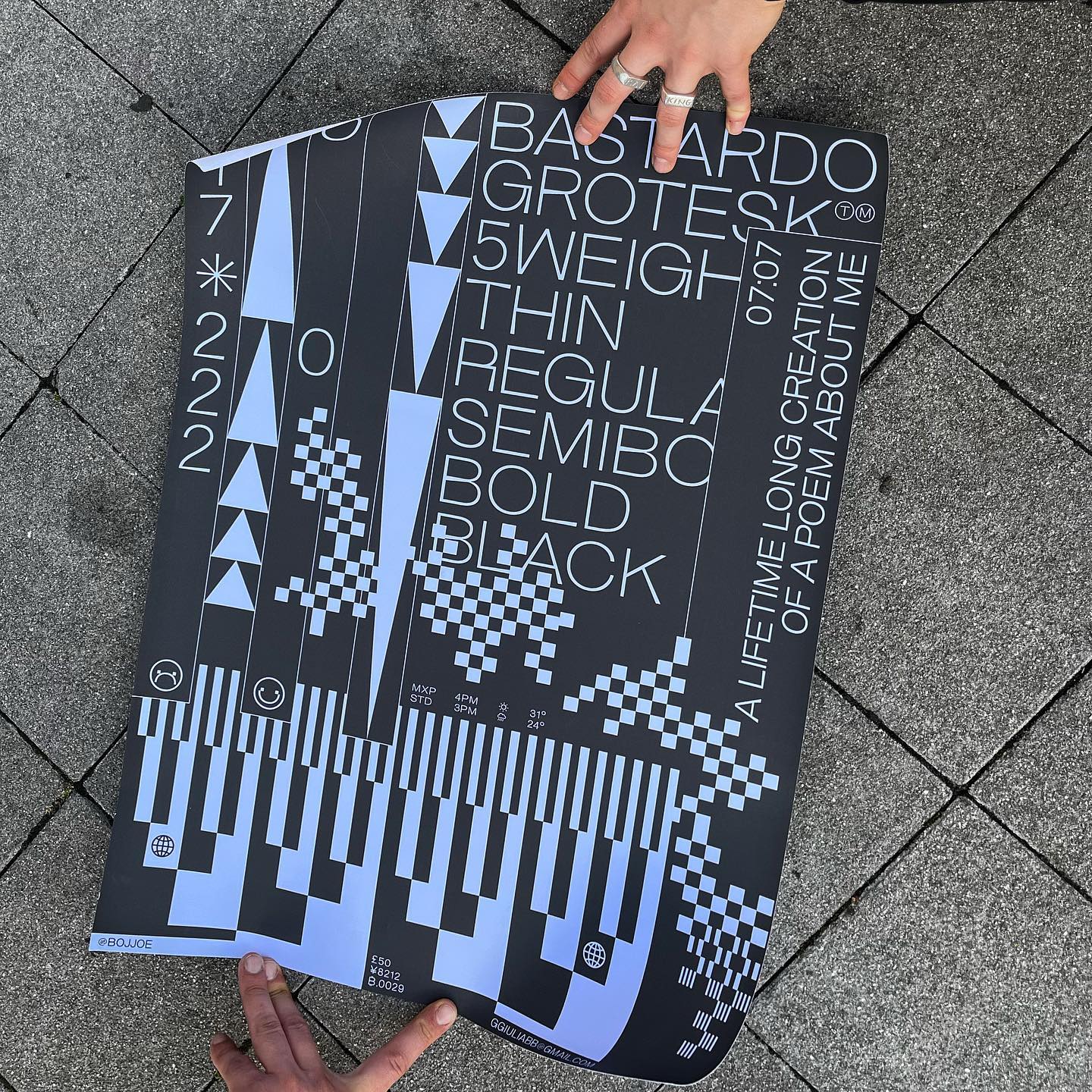
I really felt that there just weren’t references that existed for this, I’d gone to University of London, Chelsea College of Arts, and they had a pretty extensive library of design books, but I noticed that it was always the same names popping up. I can understand that to an extent because when an artist does become popular, obviously their work will get featured a lot, but eventually, I think it was my third year, I just remember thinking, “But where are all the women?..” It seemed so male-dominated. And that’s kind of how the book came about. The book was the starting point; I did a Kickstarter with People of Print, and together we launched the book. At that point, I just wanted the book to be a success, that’s how small the goal was. And then after that, I wanted to keep going and create a platform to celebrate and uplift the work of women in the type design and graphic design industry.
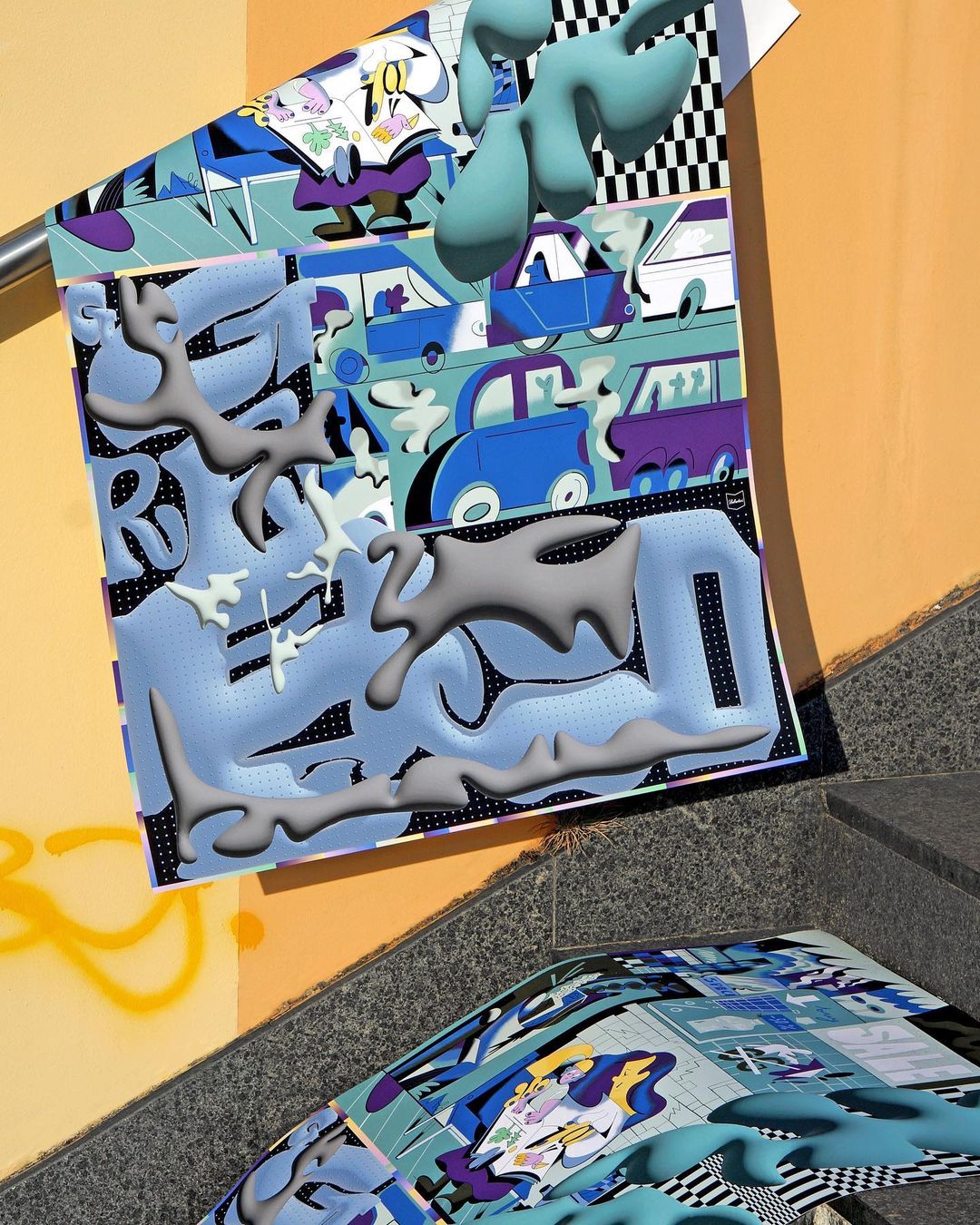
How has Femme Type grown since its inception? And what do you think has stayed the same?
I went full time with Femme Type in 2020, in the middle of a pandemic, since then we’ve always continued our mission, which is to uplift and celebrate the work of women. We’ve done that through the website, and through other partnerships and collaborations, all with the same purpose in mind. We’ve worked with Love Magazine, for instance, for which we replaced all the typefaces in one of the issues of the magazine with type designed by women. We’ve worked with Everpress on a campaign, obviously, and now we’re doing one with you guys, again. We’ve worked with Adobe on curating some of their Adobe Live tutorial series. Then last year, we did a project with Distillery in partnership with People of Print, where we created an inclusive typeface for which each letter was designed by a different artist. Now, we’re at a pivotal point where it’s: where do we go next? So that’s what we’ve been doing over the past few months, really nailing that and putting the content together.
Exciting! Can you speak a little on what the new brand will be?
We came to the realisation that we didn’t really have enough room as a brand to grow. We wanted to take a step back and think about our values, think about what we love to do, what, generally, our brand mission has been so far, and what we’ve achieved from that. So from 2023 the brand won’t be called Femme Type anymore. It just didn’t really stick with what we wanted to do, because also type isn’t just type design, it’s in everything that we do. It’s our language and our writing system, it’s how we communicate, it’s so much more than just typeface design. So we just realised that we’ve got a magnifying glass up to one tiny part of something bigger, and we wanted to be able to zoom out, and cover it all, in a sense. So that’s what we’re doing, taking a step back.
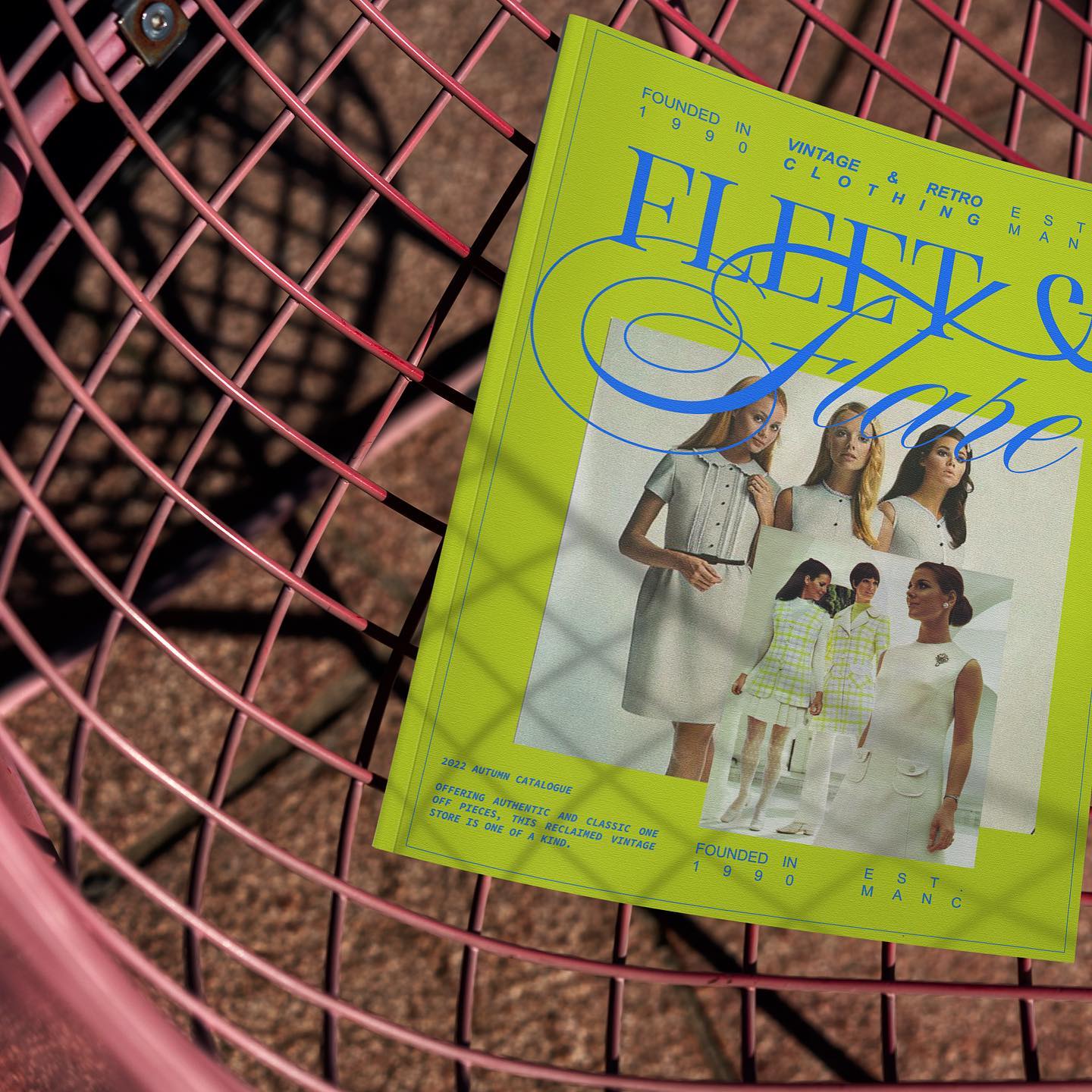
How do you approach creating a community? How do you find designers to work with, and how do people come onto your radar?
I use Instagram massively, and LinkedIn, because I follow different creative leaders, and some of them post about other people’s work, in particular some people are making a real effort now to publish people who are underrepresented. Instagram is the easiest place to find people. I know the algorithm can be an issue, but that’s more when it comes to engagement. What I like about Instagram is you can discover a creative, and then you can check who they follow, and really quickly find a network of other people like them. So if you find the right people, you can quickly tap into a base that’s quite diverse.
A lot of it comes from a gut feeling
What do you look for in work that interests you? Are there common themes in the work that you like?
I think a lot of it comes from a gut feeling. When I’m looking for a designer to work with, often I’ll get a shortlist together, then I’ll step away, have a cup of tea or something, come back and look at them again, and go over the brief again and again. I’m a massive fan of contemporary work, technology, using different tools, bold, bright colours.
How does the type design industry, and the culture around it, need to change to be more equal?
I think it’s more about education, and making arts education better from really early on. I realise it’s changed a bit since I was at school, but when I was at college there was no Graphic Design A Level, so I had to do fine art. I think it’s so important for kids to be learning really useful, practical skills and tools that they can use in the industry.
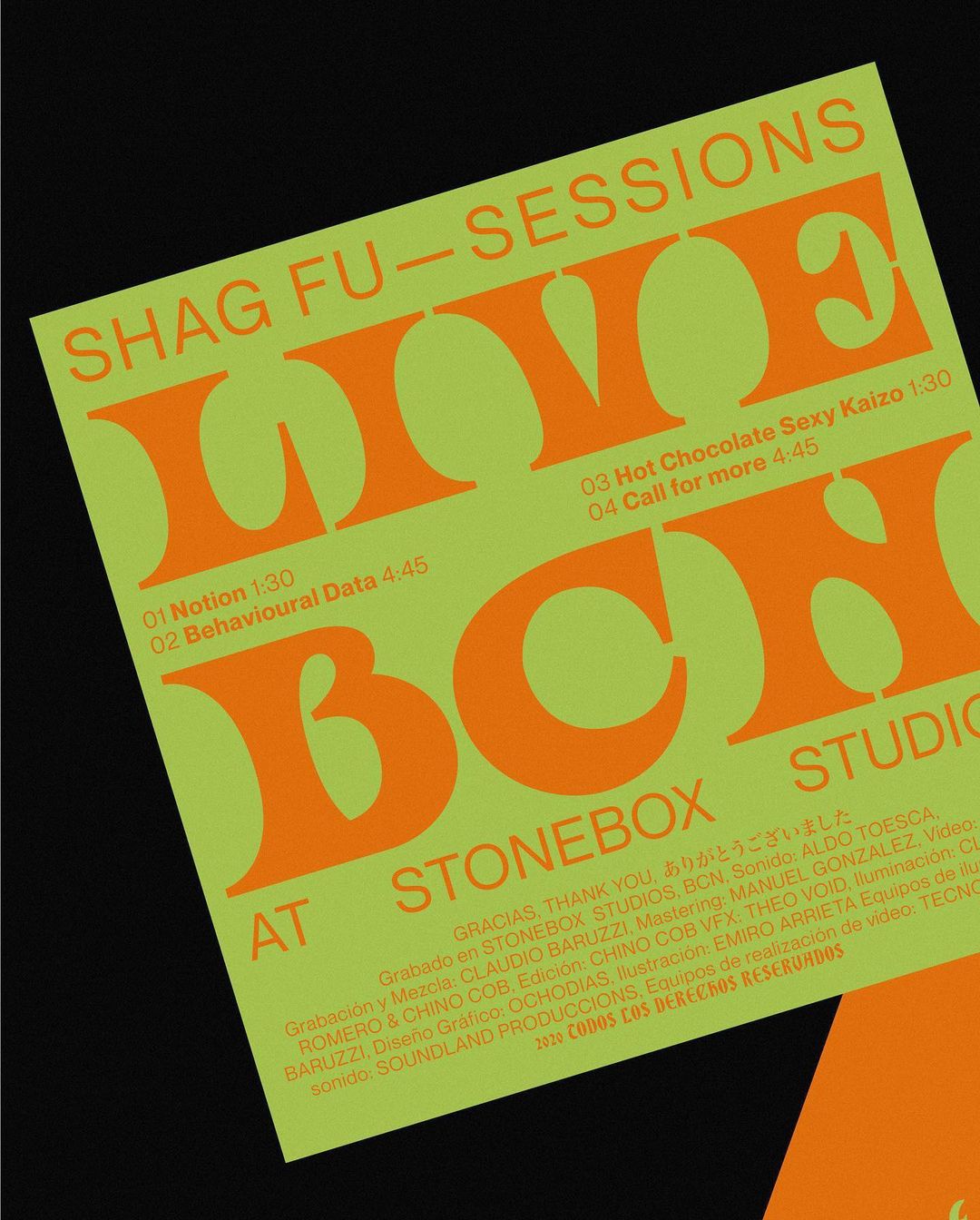
It’s more about education
Especially for kids from disadvantaged backgrounds, who might not be able to afford the luxury of going to university, or they might have more responsibilities at home than typical kids, by inspiring them early on, instead of holding out until university, you can show them what’s possible. I’m not saying they have to be taught how to use all the software, but even just getting them started and inspired, plant that seed, then they take care of the rest, they go down their rabbit hole. I think that if there’s educational reform in that sense, then we’d get a better mix of diversity.
Read More: Censorship: A Collection Curated By Typosters X Dinamo



